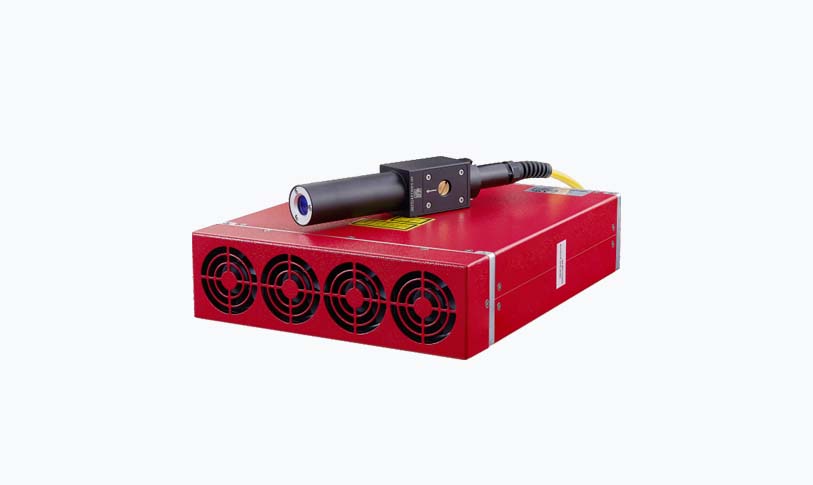In the realm of manufacturing and design, the evolution of laser cutting technology has transformed how we approach the precision cutting of materials. Among the numerous tools available, CO2 laser cutting machines have become a mainstay in various industries, from automotive to textiles, due to their ability to cut through a wide range of materials with remarkable precision and speed. However, the efficiency of these machines largely depends on the software that operates them. Selecting the right CO2 laser cutting machine software is crucial for maximizing performance, enhancing cutting quality, and improving overall productivity.
Understanding CO2 Laser Cutting Technology
CO2 laser cutting technology uses a carbon dioxide gas laser to produce a high-intensity beam of light that can slice through materials effectively. This technology is particularly valued for its ability to cut through non-metal materials such as wood, acrylic, glass, and fabrics, as well as thin metals. The precision of laser cutting is unmatched by traditional cutting methods, and the efficiency it offers makes it a preferred choice across various sectors.
The Role of Software in CO2 Laser Cutting
While the hardware of the CO2 laser cutter is essential, the software that controls the machine is equally important. The software dictates not only the operational parameters of the cutting process, such as speed, power, and the type of cut (like vector or raster cutting), but also the creative possibilities available to the user. Choosing the right CO2 laser cutting machine software can significantly influence the following aspects:
1. **Ease of Use:** User-friendly software is vital for operators, especially those new to laser cutting. The interface should be intuitive, with straightforward navigation and a minimal learning curve. Features like drag-and-drop functionality can make the design process simpler.
2. **Design Compatibility:** The software should support various file formats (e.g., DXF, AI, SVG) to facilitate seamless integration with design programs such as Adobe Illustrator or AutoCAD. Compatibility with popular graphics and CAD software enables users to easily import and modify designs, enhancing workflow efficiency.

Choosing the Right CO2 Laser Cutting Machine Software: A Comprehensive Guide to Enhance Your Material Cutting Efficiency and Precision
3. **Customization Options:** Advanced software offers a range of customization options, allowing users to adjust settings for specific materials and desired outcomes. The ability to manipulate parameters such as power, speed, and frequency ensures optimally cut edges without burning or charring.
4. **Simulation Features:** High-quality CO2 laser cutting software often includes simulation capabilities that provide a visual representation of the cutting process. This feature allows users to preview the path the laser will take, helping to identify potential issues before executing the actual cut, thereby saving time and material.
5. **Tessellation and Nesting Functions:** For industries that require the cutting of multiple parts from a single material sheet, nesting functions help to optimize material usage by arranging cut patterns to minimize waste. Advanced tessellation features can also automate the arrangement of multiple elements within a space efficiently.
6. **Post-Processing Features:** After cutting, some software solutions offer post-processing options for engraving or marking, further expanding the versatility of the CO2 laser cutting machine. Being able to switch seamlessly between cutting and engraving functions can enhance product offerings.
Industry Applications of CO2 Laser Cutting Software
The applications of CO2 laser cutting machines span across various industries:

Choosing the Right CO2 Laser Cutting Machine Software: A Comprehensive Guide to Enhance Your Material Cutting Efficiency and Precision

Choosing the Right CO2 Laser Cutting Machine Software: A Comprehensive Guide to Enhance Your Material Cutting Efficiency and Precision
– **Manufacturing:** In manufacturing, precision is key, and CO2 laser cutting is extensively used for prototyping, creating parts, and assembling products from various materials. – **Signage and Displays:** The signage industry utilizes CO2 laser cutting for creating customized signs, logos, and displays, offering intricate designs and high-quality finishes.
– **Textiles and Fashion:** In textiles, CO2 laser cutting provides a cutting edge to fashion designers by enabling the intricate cutting of fabric patterns and designs with minimal fraying.
– **Jewelry Making:** The precision of CO2 lasers is ideal for intricate jewelry designs, enabling craftsmen to produce complex patterns and details.
Conclusion
Investing in the appropriate CO2 laser cutting machine software can have a profound impact on your production capabilities. By streamlining workflows, enhancing design options, and ensuring quality cuts, the right software can help businesses leverage the full potential of their CO2 laser cutting machines. As technology continues to evolve, staying updated with advancements in software features will be essential for any organization looking to maintain a competitive edge in their industry. Whether you’re a beginner or an experienced operator, understanding the importance of software in laser cutting can lead to improved outcomes and greater satisfaction in your projects.galvo mirror laser



